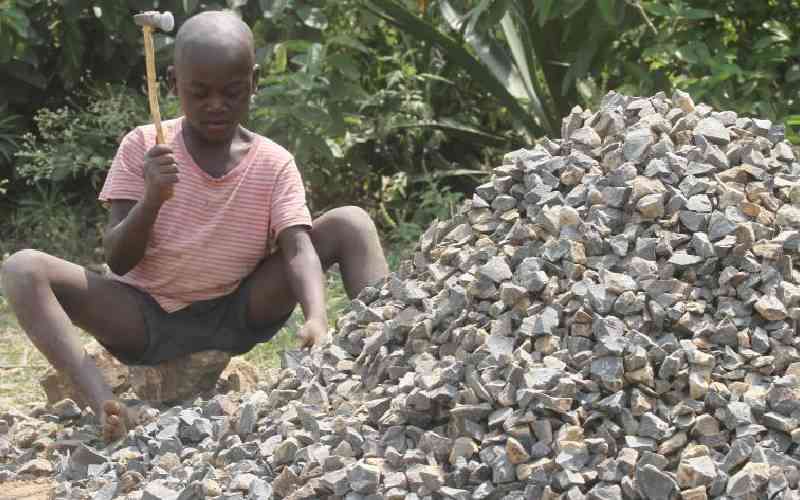
The global citizen has to make a lasting commitment to end child labour in all its forms. The International Labour Organisation (ILO) describes child labour (CL) as, work that deprives children (any person under the age of 18) of their childhood, their potential and their dignity, and that is harmful to their physical and/or mental development.
Global estimates on child labour indicate that there are 160 million victims of child labour. Of these, 79 million are involved in worst forms of child labour (exposed to serious hazards) and are between ages five and 11 years based on the ILO and UNICEF Report (2016-2020).